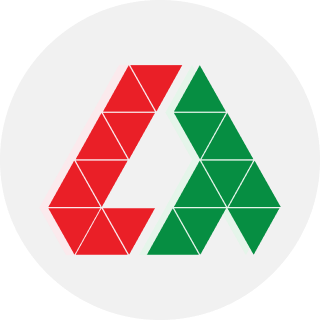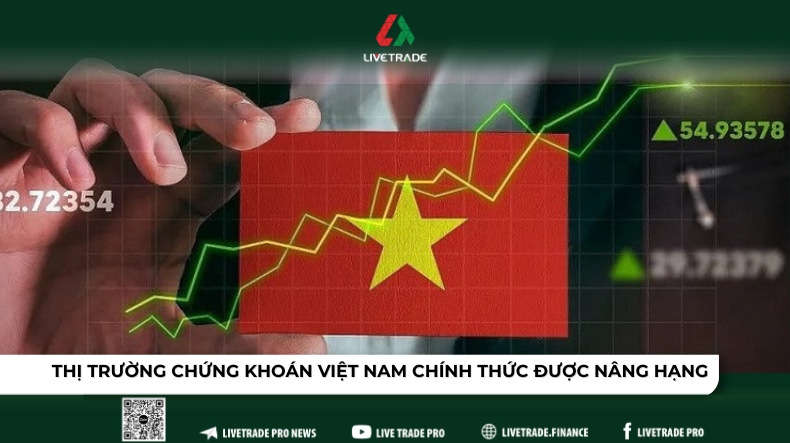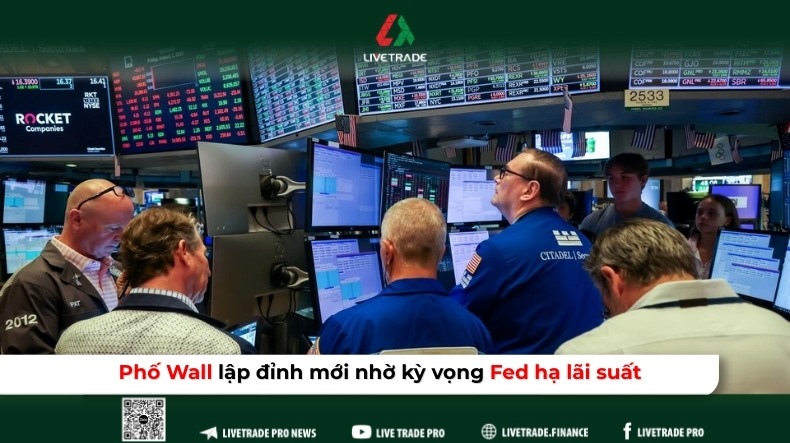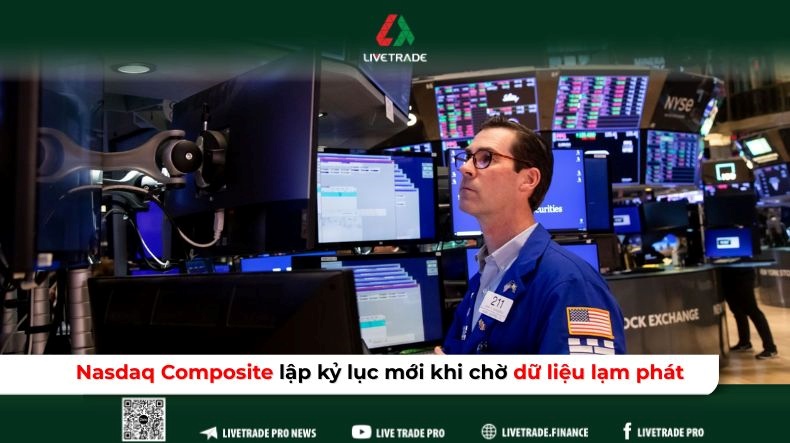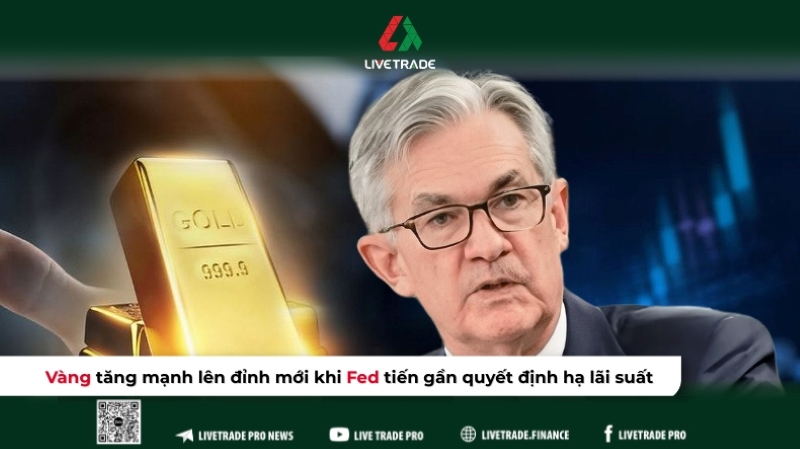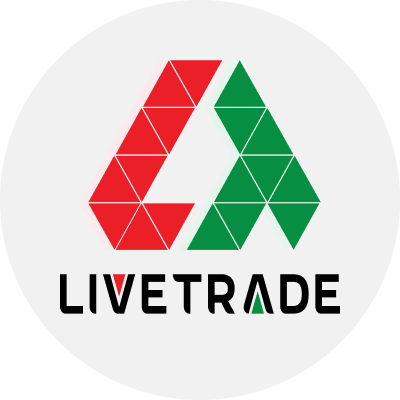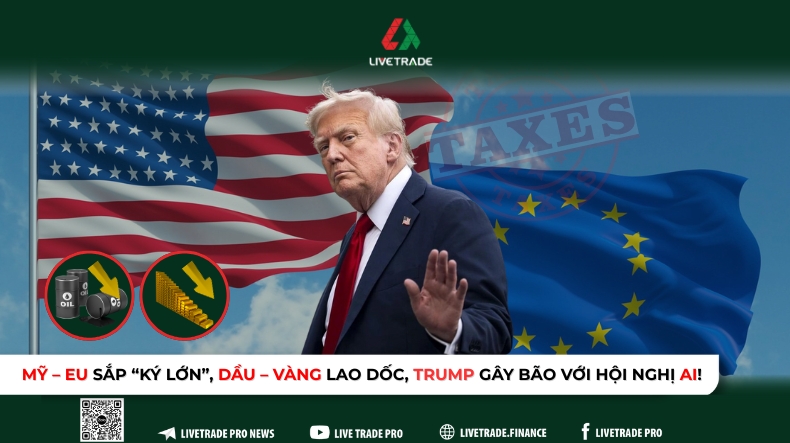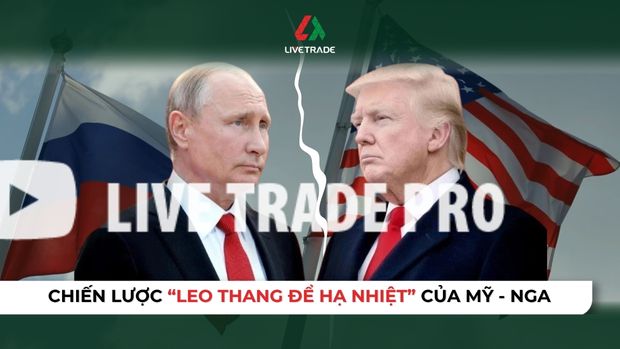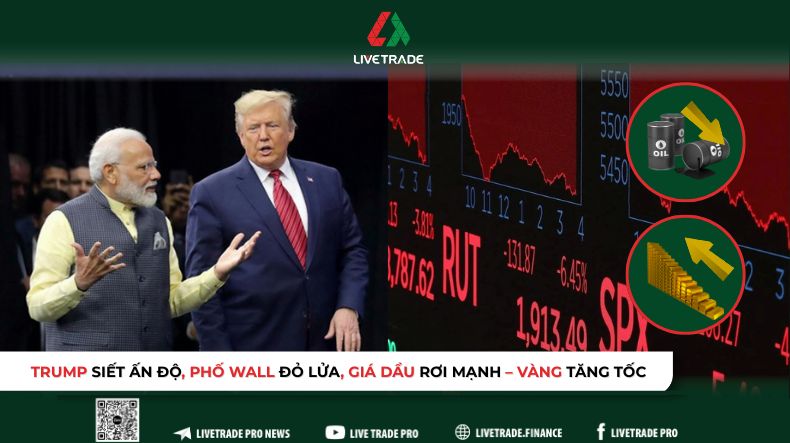About OCF
Operating Cash Flow (OCF), or cash flow from operations, is an important financial metric that reflects the amount of cash a business generates from its core business activities such as sales, service provision, or manufacturing. It is a true measure of a business's ability to generate cash, helping managers and investors assess its financial health without being affected by non-cash accounting factors such as depreciation, provisions, or other adjustments.
Why is OCF more important than net income?
Net income, while a popular metric, is often distorted by accounting policies. For example, a company may record high profits due to unearned revenue or reduced expenses through depreciation. Meanwhile, OCF focuses on actual cash flow, showing how much cash the company has available to reinvest, pay off debt, or pay dividends. A company with high net income but low or negative OCF may have difficulty staying afloat, as lack of cash is a leading cause of bankruptcy.
Illustrative example
Suppose in 2022, Vietnam Dairy Products Joint Stock Company (Vinamilk) reported net profit of VND10,500 billion, but OCF was VND12,800 billion (assumed figures for illustration). This difference comes from depreciation (VND1,500 billion) and changes in working capital (e.g., reduction in receivables). This shows that Vinamilk not only has good profits on paper but also generates strong cash flow, enough to invest in expansion or pay dividends without borrowing more capital.

Why OCF is more important than net profit
Distinguish OCF from net income and free cash flow (FCF)
To better understand OCF, it is necessary to compare it with two other important metrics: net profit and free cash flow (FCF).
OCF vs. Net Income
- Net profit: Is the amount remaining after deducting all expenses (including taxes, interest, depreciation) from revenue. However, it does not reflect actual cash because it includes non-cash items.
- OCF: Focuses only on cash from operations, eliminating the effects of depreciation, provisions, and other accounting factors.
For example: A real estate company may record high net profit from project sales, but if customers pay late, OCF will be low, indicating that the company lacks cash to operate.
OCF vs FCF
- FCF (Free Cash Flow): Is free cash flow, calculated as OCF minus capital expenditures (CAPEX – Capital Expenditures), that is, investments in fixed assets such as factories and machinery.
- Meaning: FCF shows the amount of cash remaining after a business has invested to maintain or expand operations, which can be used to pay off debt, pay dividends, or buy back shares.
For example: If Vinamilk has OCF of VND 12,800 billion and spends VND 2,000 billion on CAPEX (buying new equipment), then FCF will be:
FCF = 12,800 – 2,000 = 10,800 billion VND
This shows that Vinamilk still has a large amount of cash after investment.
How to calculate OCF
OCF can be calculated using two methods: direct and indirectBelow are details of each method with illustrative examples.
1. Direct method
This method is based on actual cash flows from operating activities, including cash receipts from customers and cash payments to suppliers, employees, and other expenses.
Recipe
OCF = Cash received from customers – Cash paid to suppliers – Cash paid to employees – Other operating expenses
Illustrative example
Based on Vinamilk's hypothetical cash flow statement for 2022:
- Revenue from customers: 55,000 billion VND
- Money spent on suppliers: 35,000 billion VND
- Money spent on employees: 5,000 billion VND
- Other operating expenses: 2,200 billion VND
Calculate:
OCF = 55,000 – 35,000 – 5,000 – 2,200 = 12,800 billion VND
2. Indirect method
This method is more common, starting from net income and adjusting for non-cash items as well as changes in working capital.
Recipe
OCF = Net Income + Depreciation + Change in Inventory + Change in Accounts Receivable + Change in Accounts Payable + Other Adjustments
Illustrative example
Still with Vinamilk:
- Net profit: 10,500 billion VND
- Depreciation: 1,500 billion VND
- Increase in inventory: -300 billion VND (minus the decrease in cash)
- Decrease in receivables: +800 billion VND (added due to increase in cash)
- Increase in payables: +600 billion VND (added due to cash retention)
Calculate:
OCF = 10,500 + 1,500 – 300 + 800 + 600 = 13,100 billion VND
Note
The small difference between the two methods (VND 12,800 vs VND 13,100 billion) may be due to accounting recognition or other adjustments in practice.

How to differentiate OCF from net income and free cash flow (FCF)
The Impact of OCF on Businesses and Investors
OCF is not just a number on a financial statement, but also deeply affects business operations and investor decisions.
For business
OCF positive and stable
- Meaning: The business has the ability to be financially autonomous, has enough cash to invest in expansion, pay debts, or pay dividends without borrowing capital.
- For example: Vingroup In recent years, OCF has been strong thanks to revenue from real estate and other sectors, helping the group invest in cars (VinFast) and technology (VinTech).
OCF negative or unstable
- Meaning: A sign of problems in the business, such as falling sales, high costs, or poor debt management. The business may have to borrow money, increasing financial risk.
- For example: Some small real estate companies in the period 2018-2020 had negative OCF due to large investments in unfinished projects, leading to financial pressure.
For investors
High and growing OCF
- Meaning: Is a positive signal, showing that the business has the ability to make real profits and has growth potential. Investors can expect stock price increases and stable dividends.
- For example: Companies like FPT often have OCF growth thanks to technology, attracting long-term investors.
Low or negative OCF
- Meaning: Warning about risks, especially if prolonged. Investors need to analyze the cause (large investment or poor management) before deciding.
- For example: A company with persistent negative OCF due to uncollectible receivables may face bankruptcy.

The Impact of OCF on Businesses and Investors
Benefits and risks of using OCF in investment analysis
Benefits of OCF
- Assessing actual profitability: OCF removes accounting factors, showing whether the business actually generates cash.
- Compare between companies: Because it is not affected by accounting policies, OCF helps compare operating performance between businesses in the same industry.
- Forecasting future cash flows: Stable OCF is the basis for predicting long-term financial capacity.
- Assessing debt repayment capacity: A high OCF shows that the business can meet its financial obligations without stress.
Risks and precautions
- Does not reflect the whole financial picture: OCF focuses only on operating activities, not including cash flow from investing (CAPEX) or financing (borrowing capital, issuing shares).
- Cyclical fluctuations: OCF can decrease during low seasons or economic crises, not always reflecting long-term trends.
- No measurement of earnings quality: A company with high OCF due to delayed supplier payments may be masking temporary financial problems.
- Need to combine with other indexes:For a comprehensive assessment, investors should consider OCF along with FCF, profit margins, and payout ratios.
For example: A company with high OCF but negative FCF due to large investments in new plants can be an opportunity (if the investment is efficient) or a risk (if it fails).
Advice for investors
OCF is a powerful tool for assessing a company's financial health and actual profitability. However, it is not the only metric that determines a company's value. Investors should:
- Analyze OCF in the context of the overall financial statements.
- Combined with other metrics like FCF, ROE, or debt.
- Understand the company's business strategy to assess the sustainability of OCF.
Cash flow is the key to a company's true financial health, not just the profit figure on the report. OCF (Operating Cash Flow) – Cash flow from business activities helps you understand whether the company is actually generating cash or just recording profits on paper.
If you want to invest wisely, always check What is OCF? in the financial statements before making a decision. A business with strong and stable OCF is a worthy choice for a long-term investment portfolio!
Always dig deeper and avoid relying on a single number. To improve your financial analysis skills, you can refer to LiveTrade Pro or other reputable sources.
